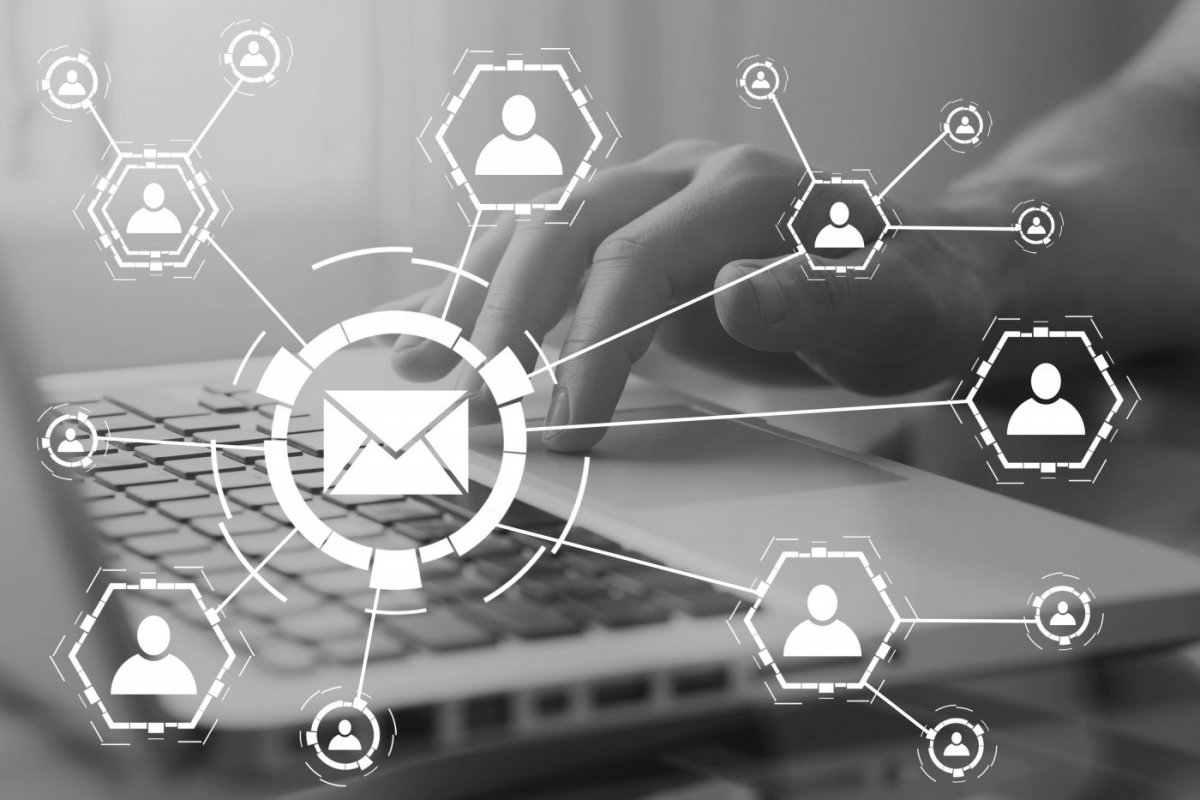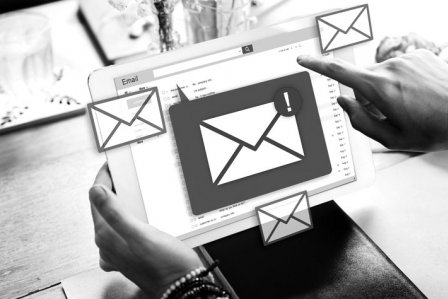
The definitive guide to B2B email marketing
The communication through emails, it seems, will never be out of fashion. When well done, it can generate a lot of revenue. But our strategy will depend on our business and customers.
Unlike B2C, where we appeal the consumer’s emotion to convince him to acquire our product or service, a B2B relationship is based on logic. We must focus on the things that matter the most to businesses: timing, budget and resources. The products that businesses offer to other businesses are often very complex and expensive, and require an expert advice. They are a real challenge.
When working with another business, we must absolutely understand the logic and reasoning behind every purchase decision. Unless we help our prospects to understand our product or service, we won’t be able to achieve our business goals.
Our B2B email marketing campaign is a way to help the sales department, a tool to awake the interest that will ultimately bring a request. Maybe a phone call or a meeting where we can summarize the budget details. The first contact will be made through marketing, while the second will take place with the sales department.
A good email can spark a sales conversation with valuable leads or help us to keep contact with our best customers.
Why you should have a B2B email marketing strategy
Email marketing is still an excellent cost-effective solution to generate leads and build long time relationships with our customers. B2B email marketing is a measurable channel, with a clear cost-value relationship.
- For every dollar invested in email marketing, the average return is 44.25 (Experian).
- 77% of B2B consumers share useful content through email (Earnest Agency).
- 73% of marketers consider the email basic for their business, and 40 times more effective than social media for lead generation.
B2B email marketing means more engagement. More engagement mean more leads. More leads mean more conversions.
10 simple steps to create an effective B2B email marketing strategy
- Select a good email service provider (ESP). This will allow us to get past the strict antispam filters used in many business emails. Many of them even see the attachments as a security threat, thus blocking the emails that contain them. A possible solution consists in uploading the file in a server and including the downloading link in the email text. Moreover, a good newsletter software classifies the bounced mails and guarantee an optimal management of the data base.
- Define a SMART goal. We can’t achieve our marketing goals if we don’t know them. What do we want to achieve with this B2B email marketing campaign? Education? More leads? Strengthen the brand or increasing the sales? We must create SMART marketing goals: specific, measurable, achievable, relevant and time limited. We’ll avoid wide goals like “getting more leads” and establish others like “getting 35% leads for the product X in February”. We need numbers, percentages, dates… We must need as scientific as possible.
- Segment the contact database. The goal is addressing specific leads with messages as specific as possible. For instance, if we want to contact our best customers we need a segmented emails list where we can address just them and send them special offers, relevant articles or event announcements.The content relevance is determined by the segment of the list to which we send it. It is advisable to make a different segmentation for every line of products or services that we offer.
- Gather as much information as possible about the persons who make the purchase decisions. The databases of B2B customers are often smaller than those of B2C bussinesses. The challenge is penetrating in this small but relevant market. B2B marketing doesn’t have to be impersonal.In B2B, the final decision is usually made by more than one person. We must design our emails from the point of view of all of them, since each one of them will read them from a different angle. The goals and priorities of the CEO will not be those of a technical manager. Whose opinion will have more weight? Is it that of a director or a middle manager? What is his job description? What kind of products does he usually buy?Our lead also has goals and responsabilities in his own company. We must identify them and help him/her to achieve them and grow in his/her career. We also must know the business, its sector, how many employees it has or any feature that can help us to identify how can it profit from our product or service. For instance, if we are a software business, we can ask them which solution are they using. It is also important to know how do they interact with other suppliers so that we can offer them the best buying experience.We can collect this data in the registration form or ask our leads to update their data later.With a CRM, we’ll have all this information perfectly organized so that we can make commercial offers that fit their needs. Bounced mails must be followed carefully and, if necessary, finding new interlocutors so that we don’t lose contact with the business.
- Automate to move forward the conversation with our leads. For instance, sending emails that are activated when the lead makes specific actions: an automatic welcome email for the new subscribers, when the user downloads content from our website, to activate the leads that haven’t used our services in a long time…
- Create a lead nurturing campaign with a series of emails that we’ll send throughout a period of time, designed to raise the leads’ interest in our products and services. We’ll use blog posts or other forms of content to draw customers and make them come back to our website, social media, etc. On average, our prospect needs at least seven emails before taking a purchase decision. In B2B this “rule” is even more important, because the purchases require a bigger investment. Our customers will never buy on impulse.We’ll have to impress and educate our leads with every step, because the sales cycle is long. A B2B newsletter accompanies the lead through the different phases of his relationship with our business. That’s why we must make sure that we are covering all the angles: sector news, demonstration videos, comparative infographics… Let’s put on their shoes and try to imagine how can we help them in their daily work, no matter if they are already customers or not. The tone that we’ll use in every situation will be slightly different. For example, in a loyalty message we can add more advanced content than in an gaining message. Then we’ll be more educational and and close, to show that we understand their problems and are willing to help them.
- Great design. It is necessary to optimize the user experience (UX), and the email must be easily scannable with sight, using blank spaces and clear headlines so that the user can get the main idea in just a few seconds. The color palette and where we put the logos are important details that transmit the corporate image. Photos and videos should only be included when they are really relevant and help us move towards the goal we want to achieve with the text.
- Educate instead of sell. We must not speak to much about ourselves. Our leads have given us their contact details for a single reason: they think we can offer them valuable content. We’ll achieve this with information about their industry and area of specialization: trends they must know, scientific research, case studies, interviews with experts… Our emails must show we know the sector. Let the customers know that we know their challenges and know how to help them. We’ll communicate ideas that spark significant conversation about our product, brand or problem we want to solve. We need useful and entertaining content. We must sell our content before we sell our product. The B2B customer will be more predisposed to buy if we educate him about our product, the options we are offering and the challenges he’s going to solve with them. A study demonstrates that the call to actions with “more information” get better results than those with “buy now”. If we send too much publicity it will be considered spam.
- Test. We must test the most small details so that we can know the target a bit better everyday, getting thus more conversions. What kind of title, copy, landing pate… works better? We must use our own experience taken from our A/B tests. Depending on our business, we must analyze the results every week, month or trimester and find ways to improve. We won’t only take into consideration the CTR, but also the percentage of leads that move forward in the conversion funnel. Low CTR? We’ll take a second look to the copy and the call to action. Low opening rate? We’ll improve the subject line. High bouncing rate? We’ll check the landing page.
- Legal requisites. The new European General Data Protection Regulation has changed the rules we must follow on our database: https://www.bcm.marketing/en/bcm-blog/rgpd/
And you, have you reached the full potential of the email as a B2B marketing channel? With BCM Marketing you can be ahead the competitors by increasing your database of leads, creating an email marketing strategy, etc.
We at BCM Marketing will advise you on anything you need. We share our 25 years of experience in our blog and with our customers.











